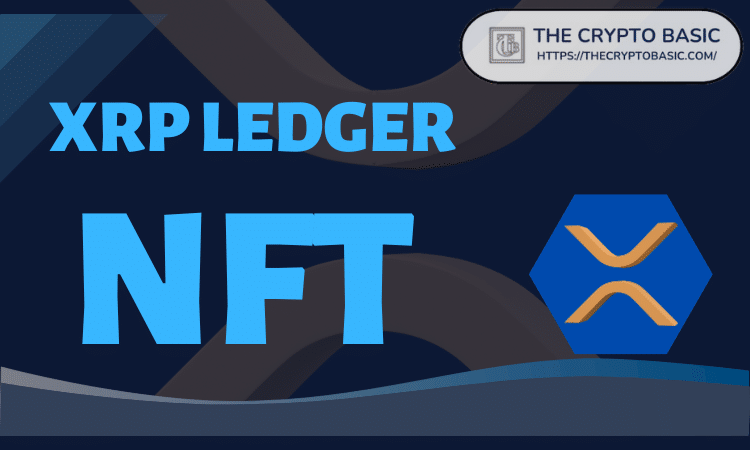Transparency, sidecars and the crypto winter

By Jeff Davis
Ever since its inception, venture capital has had two silos. In a silo, it is the management that makes the day-to-day decisions about the fund’s investments. Second, there are limited partners – the investors who provide the capital the managers invest.
Limited partners in venture capital funds are passive. They are not involved in the selection of investments, or the day-to-day management of a portfolio. Fund managers are paid a management fee and interest-bearing interest for their active, practical construction of the fund’s investments. This opaque investment process works in a bull market where positive returns keep limited partners happy. But when the market turns red, investors start to wonder why they’re paying fees to their managers and start to question the investments they had no say in choosing.
But now passive investors and active manager models are starting to change due to the rise of Web3. Web3 has challenged how the traditional venture capital structure works with the creation of decentralized autonomous organizations known as venture DAOs. Venture DAOs are investment vehicles where members of the DAO are active in the range of projects they support. DAO members participate in purchasing and carrying out due diligence on projects they see as promising. When it’s time to invest, they raise their own funds to support the project. The result is the same as the traditional venture capital model in that a target project is identified and financed, but the level of involvement is quite different. DAO investors themselves choose which projects to support, not the fund’s general partners and investment committee. Decision making has been decentralized and as a result the result is transparency in what, how and when investment decisions are made by the collective.
Venture capital investors notice and seek similar transparent investment opportunities. A transparent investment is the sidecar, where an investor provides extra capital in a project and runs along with the total capital. It allows for a larger investment in a single known opportunity versus the pooled capital that is usually blind. However, sidecar opportunities are limited and typically reserved for the most regular investors in the fund. Venture DAOs offer sidecars—lots of sidecars—and they don’t have to play favorites either. More traditional investors seek these familiar (see: transparent) sidecar opportunities. We should expect funds of all types to start heeding this growing mandate to satisfy their investors who will look elsewhere if their directives are not met.
The decentralization found in venture DAOs is not limited to the financial realm. Web3 has decentralized applications (dApps) for art and collectibles, games and technology. People compare Web3 to when the internet was in the dial-up modem phase. But today’s internet is nothing like it was 20 years ago. Web3 follows the growth path of the early internet as new tools are created. Mass adoption of Web3 will happen as more use cases are developed; the speed at which adoption occurs will depend on the capital available to creators in this “crypto winter.”
Many pundits have compared the current “crypto winter” to the bursting of the dot-com bubble. I’d say they have a good argument, except this isn’t the only crypto winter we’ve experienced. There have been several crypto winters; and as the name suggests, they are seasonal. After each of the previous crypto winters, we have seen new highs. People in space have come to expect these seasonal changes in value. Dot-com crash was not expected and many investors were exposed when the tide went out.
In addition, the dot-com era ended when it was revealed that all the projects that received cash were unlikely to be profitable for several years, if not a decade. And that’s if they actually had a business plan or a product. Speculation in this era was so frothy that funding was available for almost any concept ending in .com. What we are experiencing now is a correction that is correlated with other risk assets. These other risk assets, especially tech stocks, are correcting because of higher interest rates – not because the projects don’t have profits or a path to profitability. Web3 has businesses that are making money and others that will soon.
Yes, there was a ton of capital chasing Web3 deals, just like over twenty years ago, and valuations went bad. But those Web3 valuations will soon use trailing 12 EBITDA multiples, not projections like in the dot-com era.























